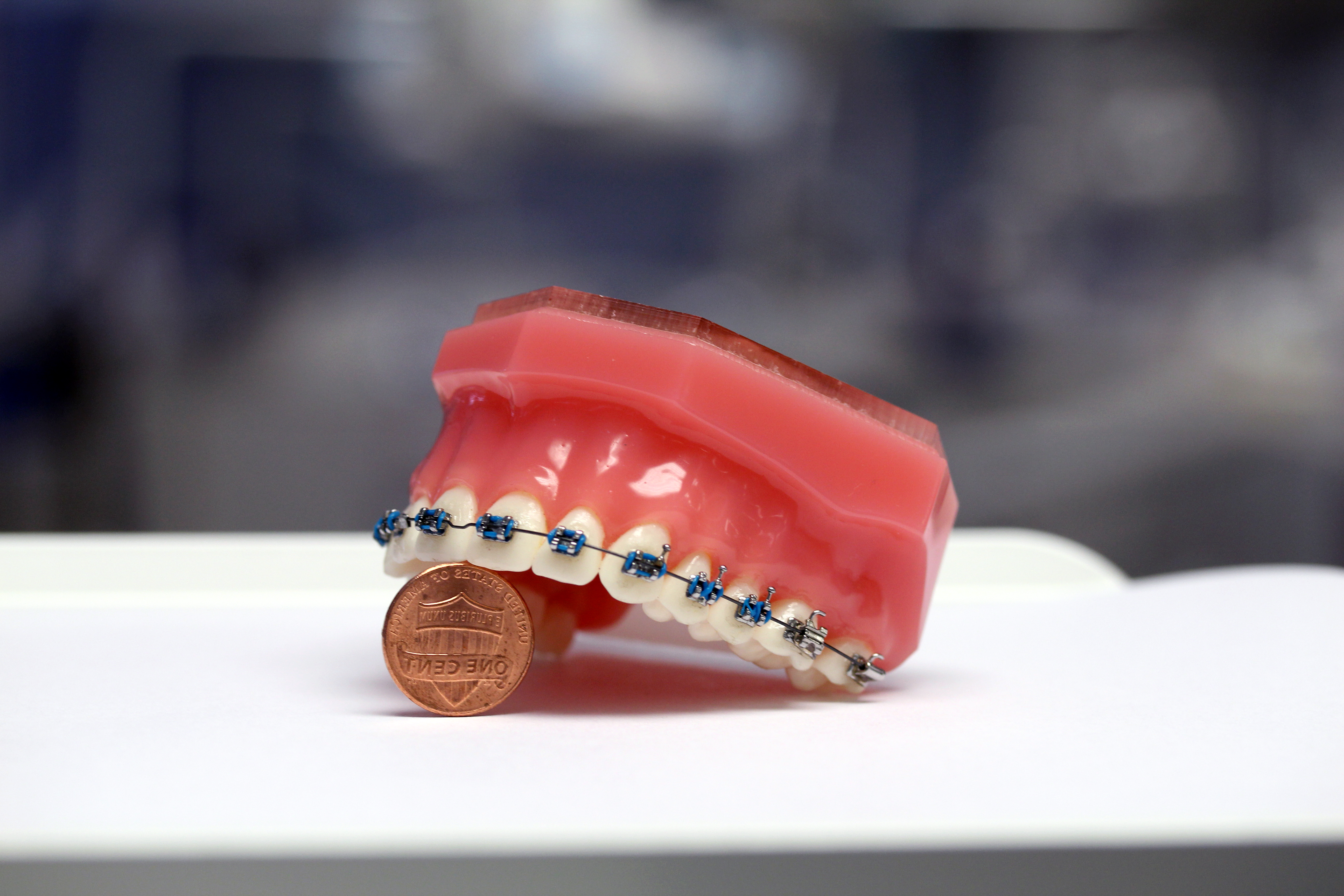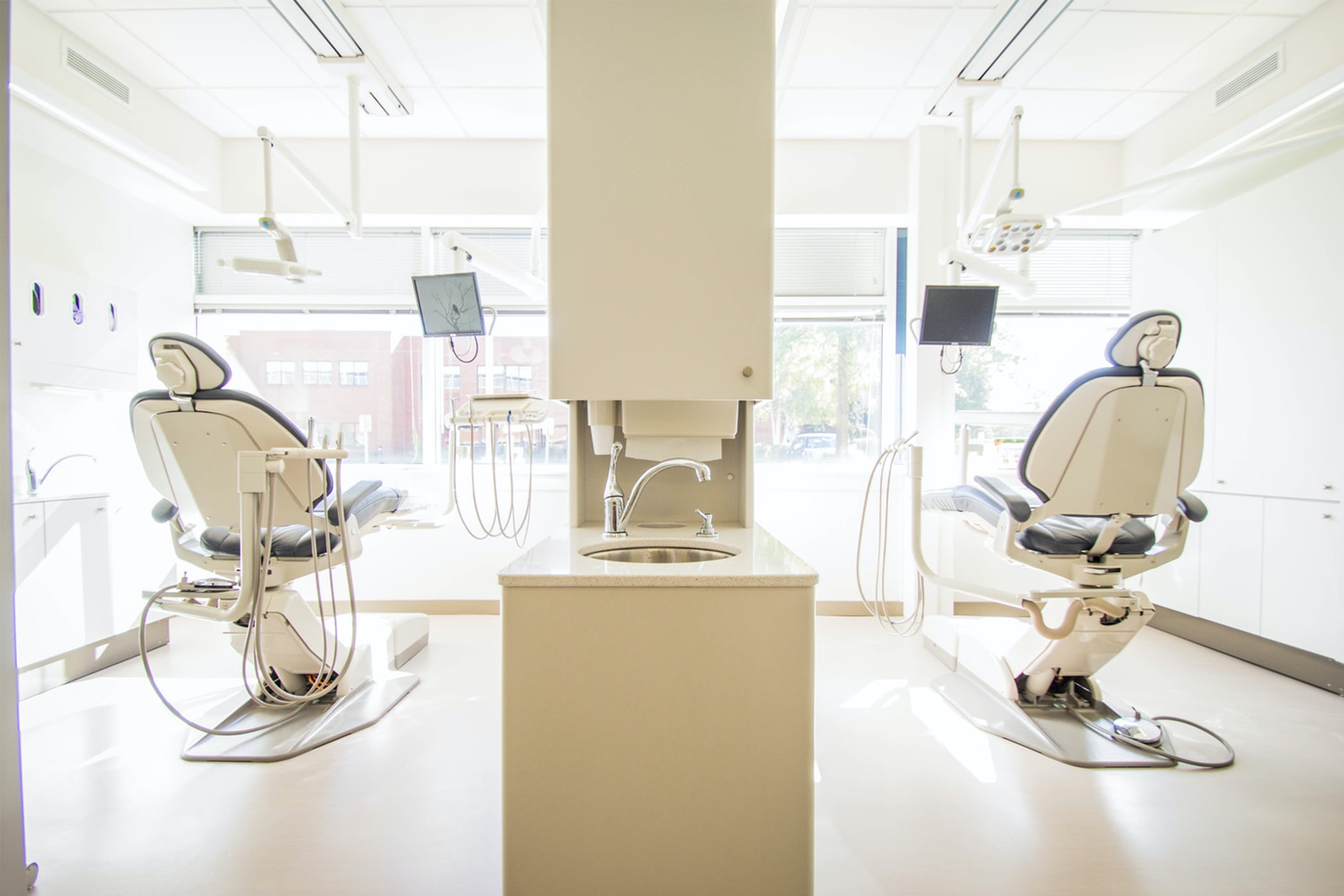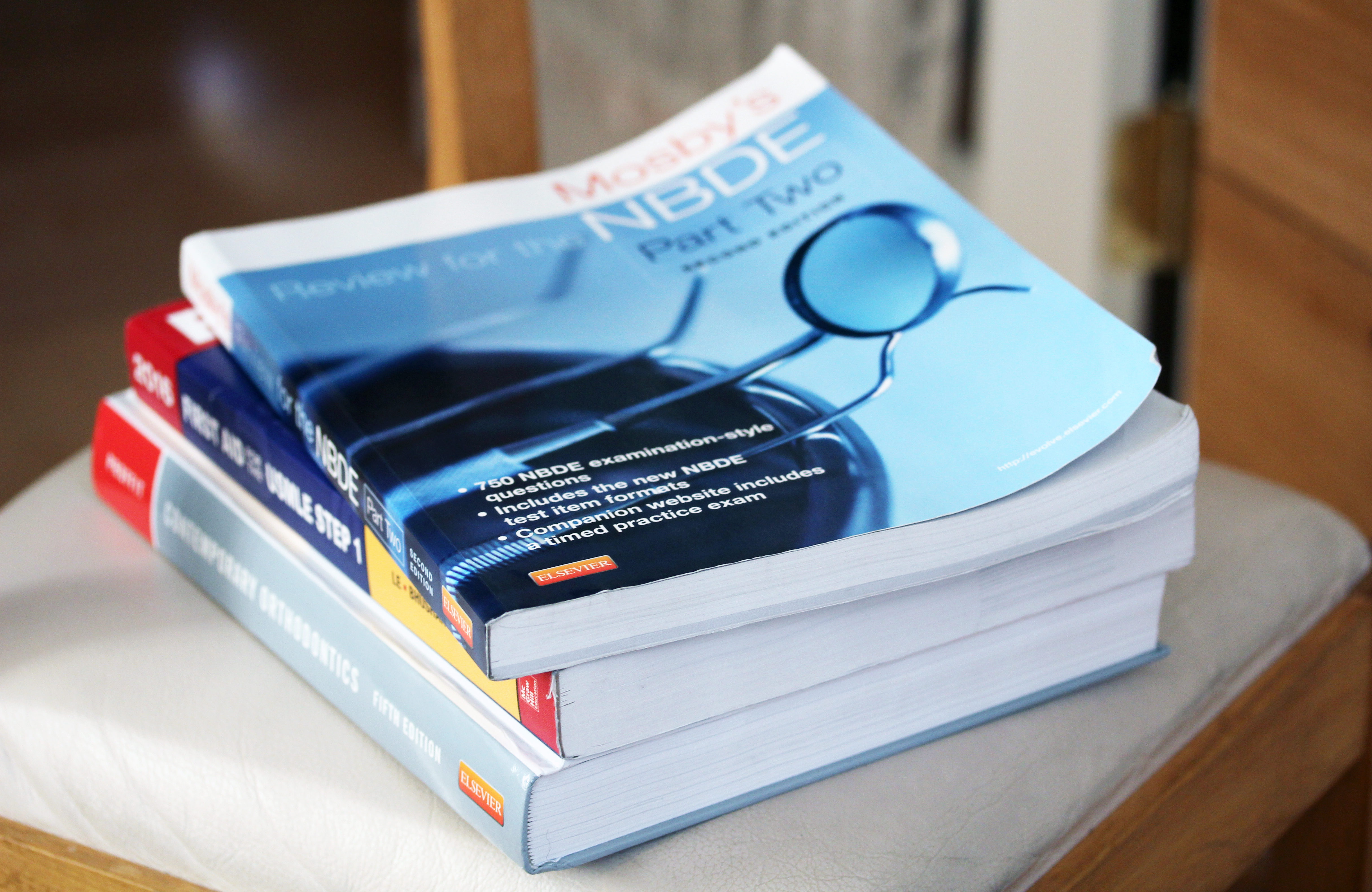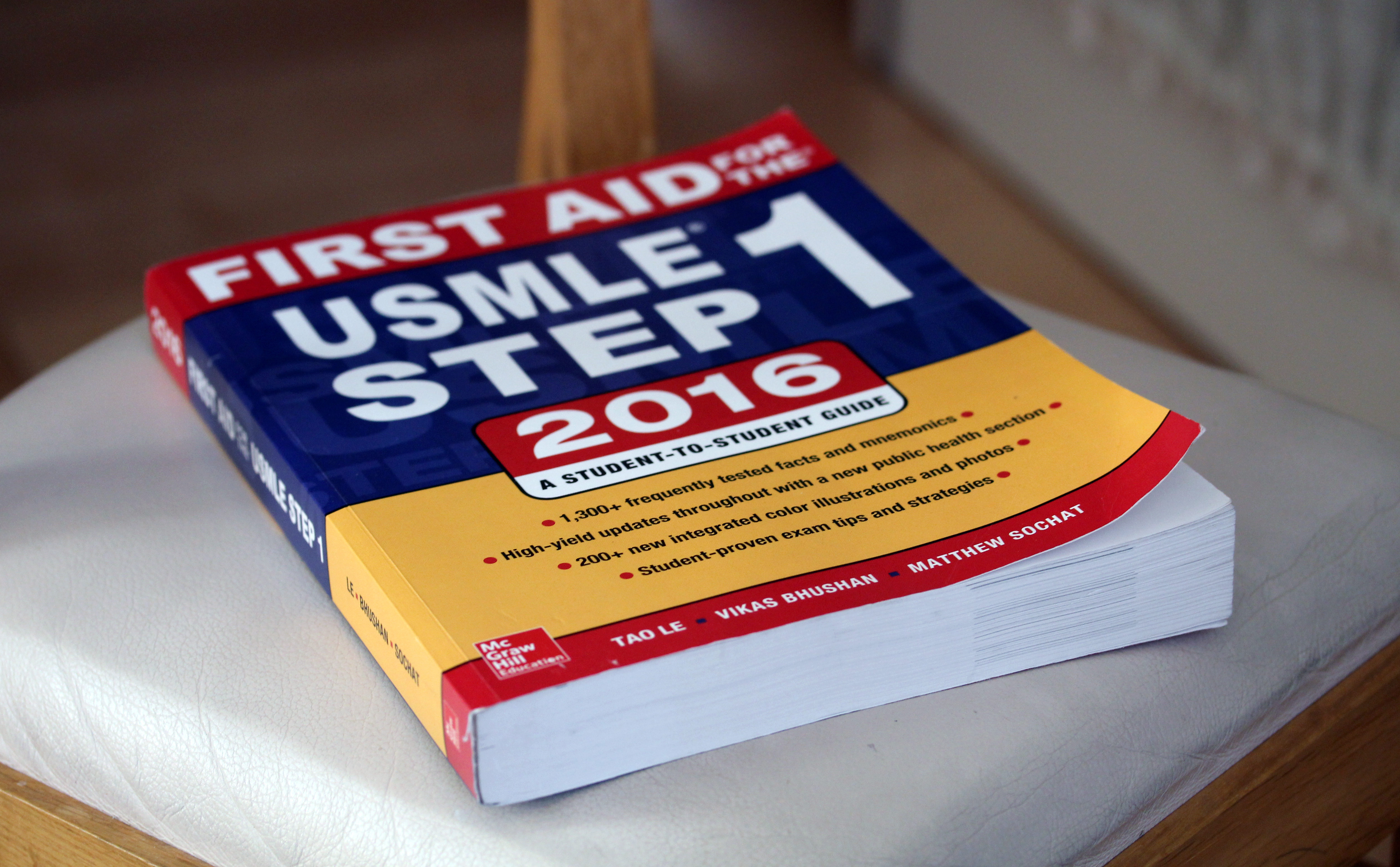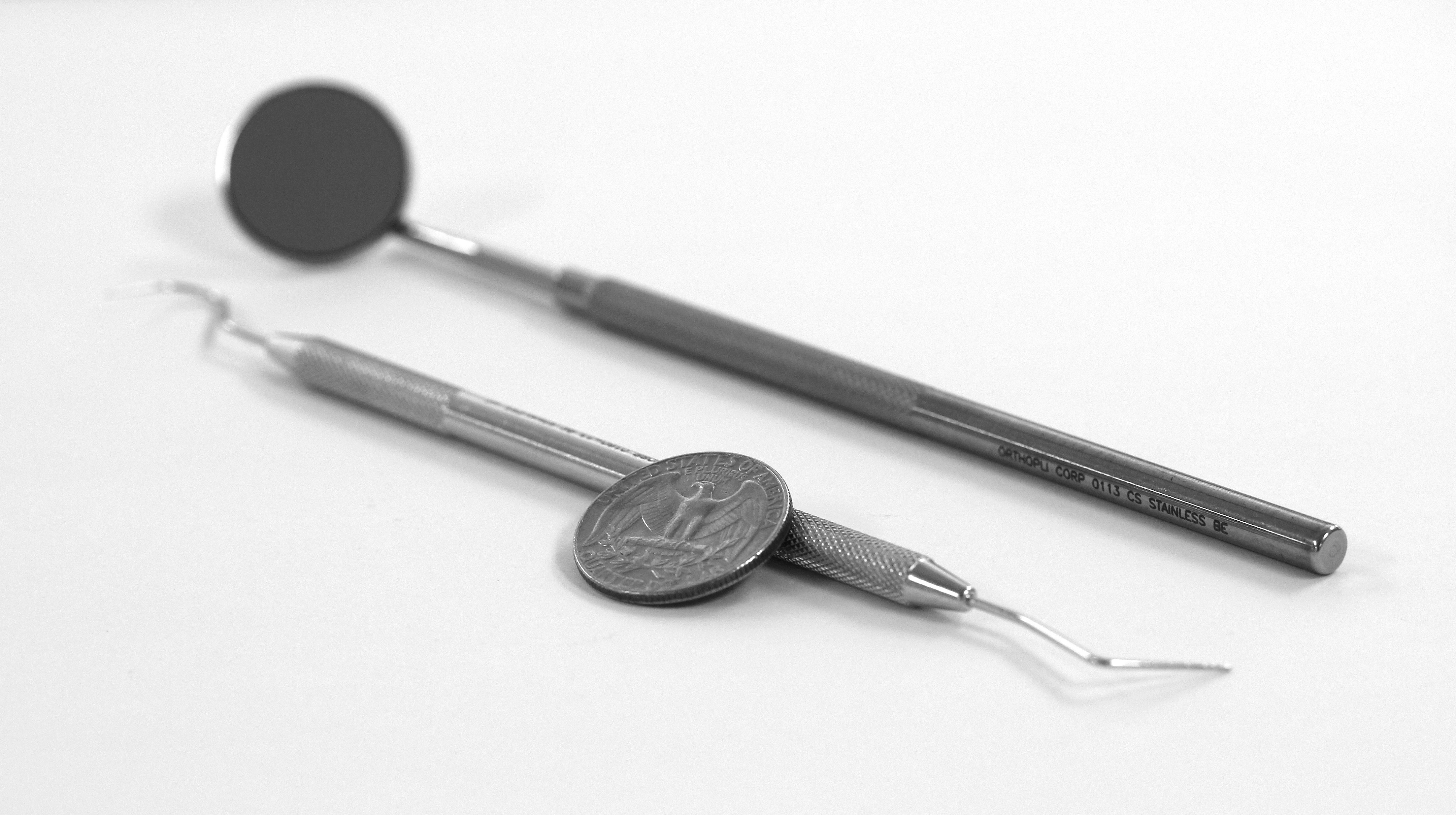In late May, the Wall Street Journal published an article detailing the financial troubles of Dr. Mike Meru. In short, Mike Meru is an orthodontist practicing in Utah who owes more than $1 million in student loans. Yes, you read that right! As a fellow orthodontist, I appreciate his willingness to share so much about his financial life with the public. This is something that many people would never do, no matter their line of work. However, this article brought to the forefront a number of difficult issues uniquely facing the current generation of student borrowers. After all, who is to blame for his $1 million student loan debt?
This year, U.S. News’ ranking of the best jobs in the country saw dentists come in at no. 2. Software developers came out on top with the best jobs of 2018, dethroning dentists from their previous perch on top of the 2017 rankings. Naturally, many of my dentist friends and I discussed the meaning behind our new horoscopes. Murky methodology aside, let’s look further into why so many healthcare jobs continue to dominate the 2018 U.S News best jobs list. Did I mention that orthodontists made it into the top 5?
Two new dental schools are set to open in the United States. One in New York, and the other in Texas. Combined, those two states already have 7 dental schools. While there are currently 66 dental schools in the US, 14 states do not have any dental schools. In fact, as previously discussed, more dental schools are opening every year at a rapid pace. Let’s take a closer look at all the new schools across the nation.
Back when I was applying to dental school, there were only fifty-something dental schools across the nation. Today, there are currently 66 dental schools in the US with a few more set to open their doors the next couple of years. And yes, I’m still in my 20s. While a number of these schools were strategically founded to address unmet dental needs in large swaths of the country, many believe that more can be done on this front than simply increasing the number of graduating dentists every year (future post!). The fact of the matter is, more dental schools are opening every year, and that’s not necessarily a good thing. Just ask the dentists in Utah.
When people find out I’m a resident in orthodontics, one of the first things they tell me besides their own experience with braces is how fantastic and cushy my future lifestyle will be. That’s open for debate. While people are generally aware of the amount of work and dedication it takes to become a dental specialist, little do they know about the financial costs. With the cost of attendance for dental school increasing every year coupled with the sky high costs for dental residency, let’s crunch some numbers to see what it takes (financially) to become a dental specialist. Spoiler alert: it costs a million dollars — or more — to become an orthodontist.
Previously we ran side-by-side comparisons of dental school and medical school cost of attendance. You may or may not be surprised to learn that dental graduates owe on average $80K more than their medical counterparts. Curiously, both spend 4 years in training not including residency. Let’s look into the reasons why dental school is so much more cost-prohibitive than medical school.
Back when I was deciding what to do with my life after undergrad, I clearly remember looking up the cost of attendance for various professional schools. Medical school, dental school, law school, veterinary school, you name it. For better or for worse, I’m moderately allergic to cats and dogs, so I quickly ruled out vet school. Something I learned, however, was that dental school costs significantly more than medical school. Let’s run the numbers and see how big the difference really is.
Something that I’ve thought about and been asked countless times by my working friends, friends in other professional schools, and other well-intentioned folks is why dental school is so darn expensive. The leading question, however, is how much it really costs.
